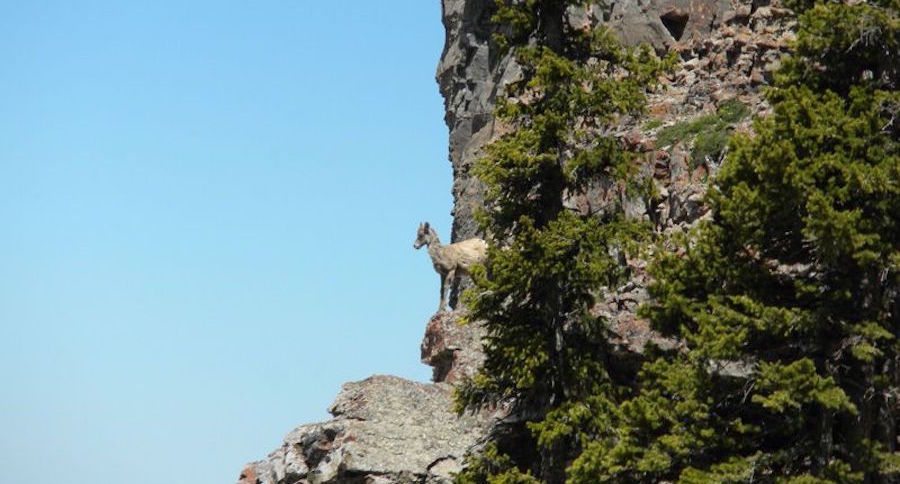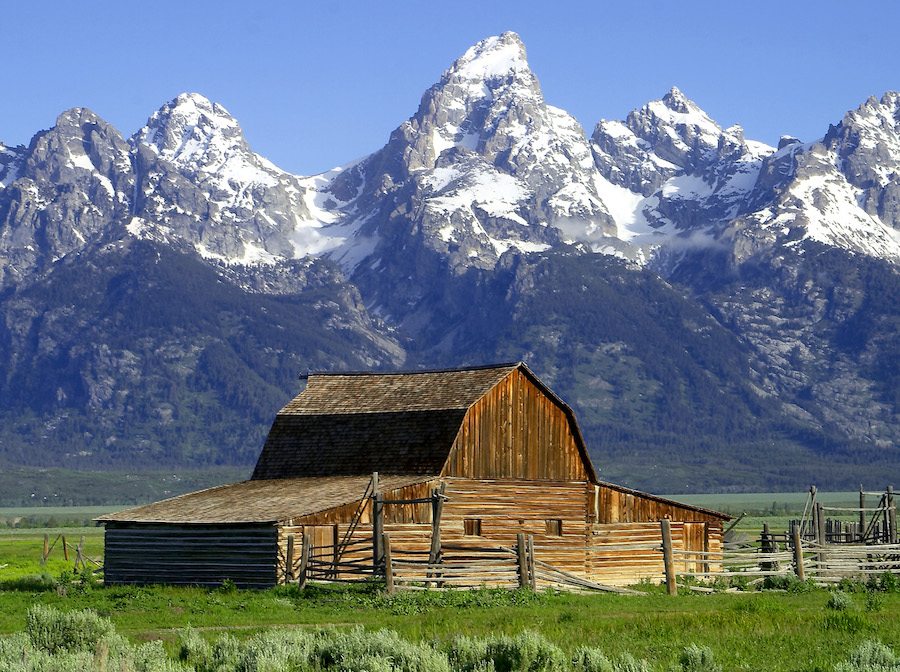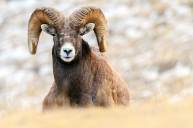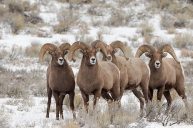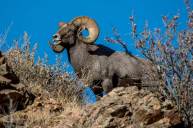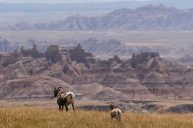With only 60-80 animals left, the Teton Range bighorn sheep population is in dire need of help and restoration.
"They represent a a population that has been there since the last Ice Age," biologist Michael Whitfield said. "They have been isolated and genetically inbred to a degree, but they still represent a success in that they've been able to hang on in a very tough environment."
It's not surprising then that biologists, land managers, nonprofits and even recreational skiers have come together in an effort to stem the tide and delay the hazards that are threatening the last of this esteemed herd.
These sheep are unique in that they stay at altitudes most bighorns avoid at certain times of the year. In other words, the Teton Bighorn don't migrate to lower elevations to avoid winter weather.
Instead, they stay at heights of up to 11,000 feet year round. Part of the reason for this was the encroachment of humans. Back in the 1950s, roads and housing developments began to dissuade the sheep from normal migration areas.
Whitfield was the first biologist to prove the bighorn sheep still existed in the Teton Range, despite the U.S. Forest Service and other agencies declaring them extinct.
Threats include native (albeit reintroduced) mountain goats, decades of fire suppression and, interestingly enough, backcountry skiers.
Without wildfires, more trees had grown and less cliff bands were created, which was where the sheep feel safe. After collaring 25 ewes about a decade ago, biologists asked skiers to carry locator beacons to track the sheep's movements.
As a result, not only did the Teton bighorn sheep avoid good habitat due to the skiers, they also moved more on a daily basis if they knew humans were in the area.
Skiers, land management people, and biologists are now collaborating to get the word out about the plight of the species.
"We're trying to do the reverse of the typically bureaucratic approach here where an agency issues a statement and recommendations," said Steve Kilpatrick, Executive Director of the Wyoming Wild Sheep Foundation. "We want to have a community-based recommendation addressing how valuable this herd is to the community."
Since the bighorn sheep is one of the most revered native species in North America, it stands to reason that they need special protections to continue to have viable populations.
And, it's up to everyone to pitch in.
Looking for a little more? Follow me on Facebook and Twitter.
NEXT: UTAH JURY FINDS GUIDE GUILTY IN BIGHORN SHEEP POACHING CASE, NOW BOOTED FROM HUNTING 47 STATES
https://rumble.com/embed/u7gve.v3tq0x/
